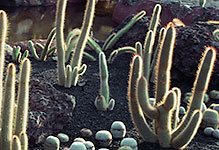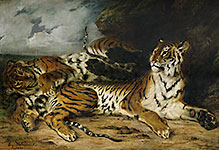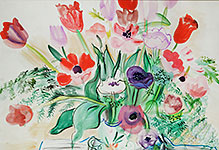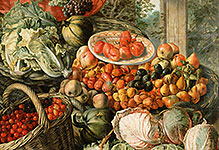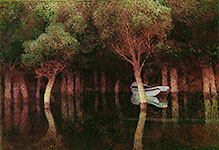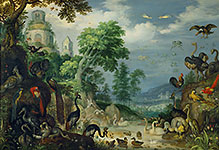
Nature
Plants and flowers. More - trees, fruits, animals etc. - to be added soon!

#03050369
Bronze statuette of Vanth, Etruscan, found near Mount Vesuvius, Italy, 425-400 B...

#03050426
Fragment of a wallpainting: God with flowers and two nymphs End of the 1st ce...

#03050430
Front face of the sarcophagus "with trees" ("à arbres"): Scenes from the Old and...

#03050432
Scene of a hunt Herculanum, house of the Cerfs Around 60-80 CE Wallpainting;...

#03050433
Scene of a chariotrace Herculanum, house of the Cerfs Around 60-80 CE Wallpai...

#03050435
Roman mosaic showing a lion hunt 1st entury CE; Villa de Las Tiendas, Spain

#03050438
Festoon with masks, leaves and fruit (detail) Casa del Fauno, Pompeii VI 12,2...

#03050448
Tile antefix, Roman Britain, 2nd-3rd century. This object was one of a row of or...

#03050451
Silver tigress from the Hoxne hoard, Roman Britain, buried in the 5th century. T...

#03050452
The Great Dish from the Mildenhall treasure, Roman Britain, 4th century. The sta...

#03050457
Flanged silver bowl from the Mildenhall treasure, Roman Britain, 4th century AD....

#03050458
Hanging bowl from the Sutton Hoo burial, Anglo-Saxon, late 6th-early 7th century...
